Zero Waste Blog
The Definitive Ideas to Storing Food without Plastic
Zero Waste Food Storages are one of the best solution that you should apply into your Zero Waste Lifestyle. Before that, you might have been familiar with some of these following advices:
- Taking reusable tote bags to the store is a great way to reduce unnecessary plastic
- Bringing reusable produce bags and selecting products without packaging is another way to reduce waste
- Buying in bulk is a fantastic option if this option is available
But what about when we get home with all of the food you’ve just bought? What about leftovers, and frozen food? How about packing lunches? Usually, these foods can be put in plastic bags/wraps for storage but there should be a way to store it without plastic. So what zero waste food storages do we have to make our planet a little wasteful?
In fact, there are plenty for us to choose from. Here are some ideas:
Table of Contents
1. Zero Waste Food Storages – the Pantry
Dry foods can be bought in bulk from stores and stored in glass jars in the pantry. This is one of the most Zero Waste food storages. There might be no need to buy all the new jars, it’s easier to just reuse the old ones you own and get from friends and families. It doesn’t make much sense to buy new when the old ones deliver the same quality. Some big glass jars can even be sourced from local cafes or restaurants.
If you are worried about removing the labels, in fact it’s not that difficult. A good soak or eucalyptus oil will easily get old labels off after some scrubs. Removing the label means we can see what’s inside the jars, and find exactly what we need for our meal.
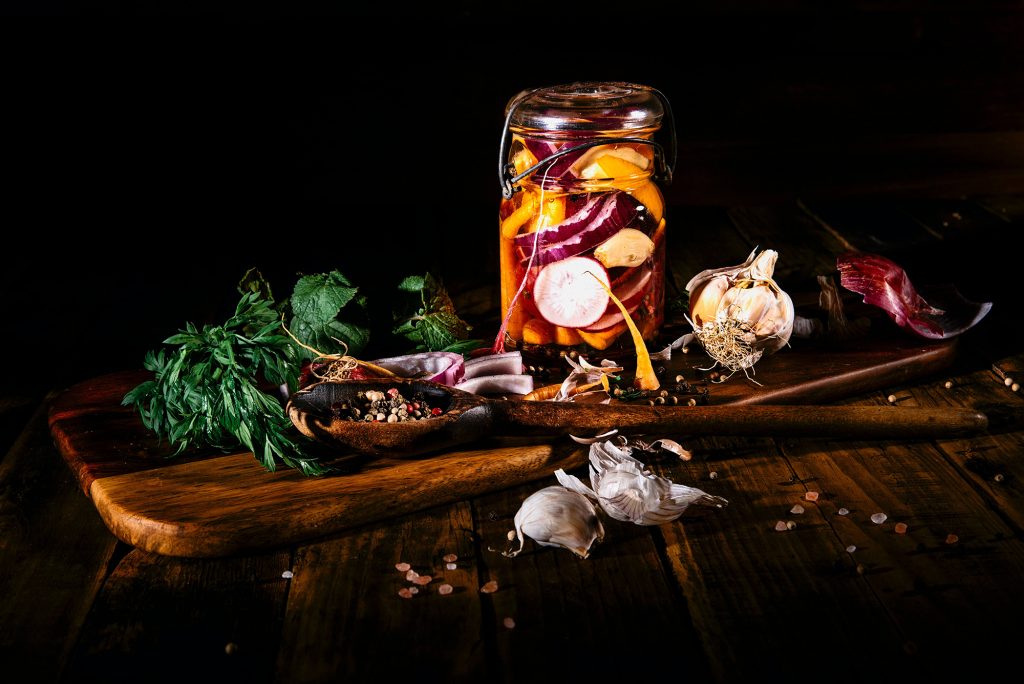
2. Zero Waste Food Storages – the Fridge
You can use a damp tea towel to wrap your veggies. This works particularly well for larger items like bunches of leafy greens that don’t fit in containers. Silicone covers are also recommended as they are BPA-free, food grade and completely non-toxic. You can keep the food in the saucepan, pop the lid on and put that in the fridge. Some items such as half a lemon or half an avocado can be placed face down on a plate and popping the lid is enough.

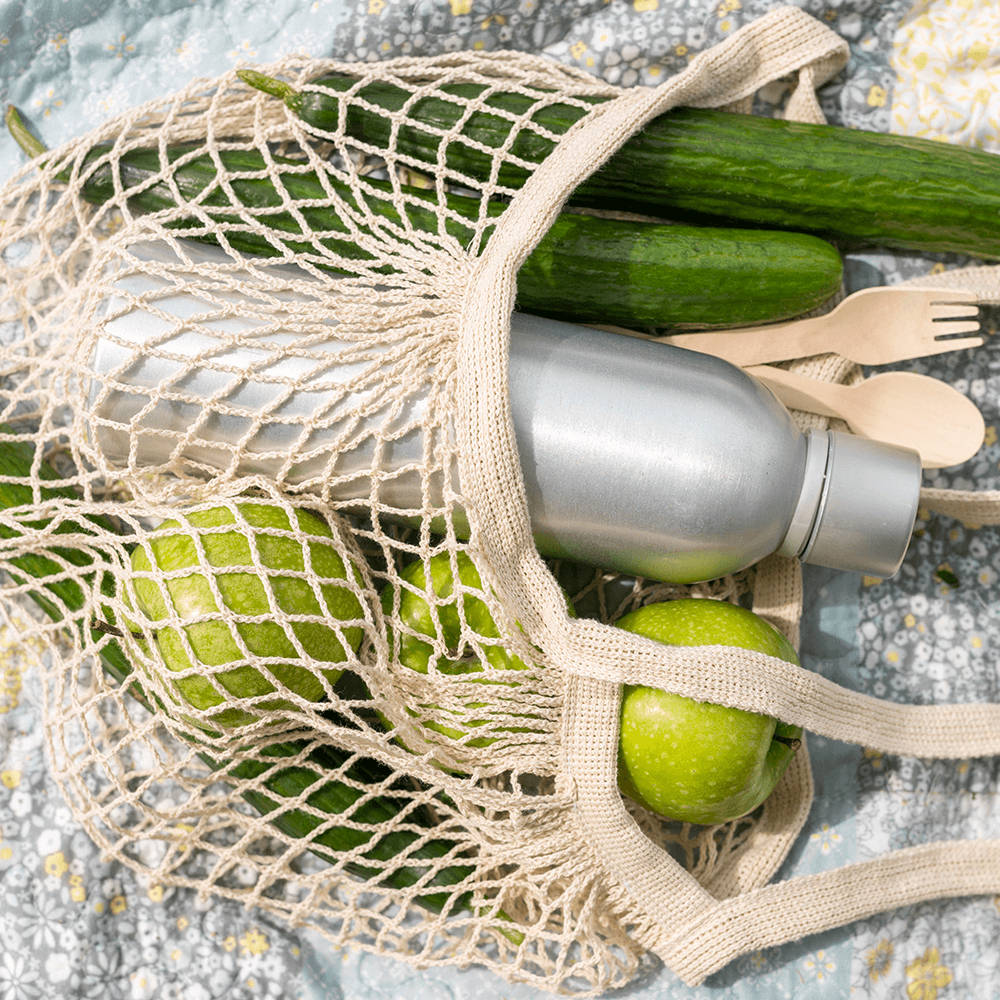
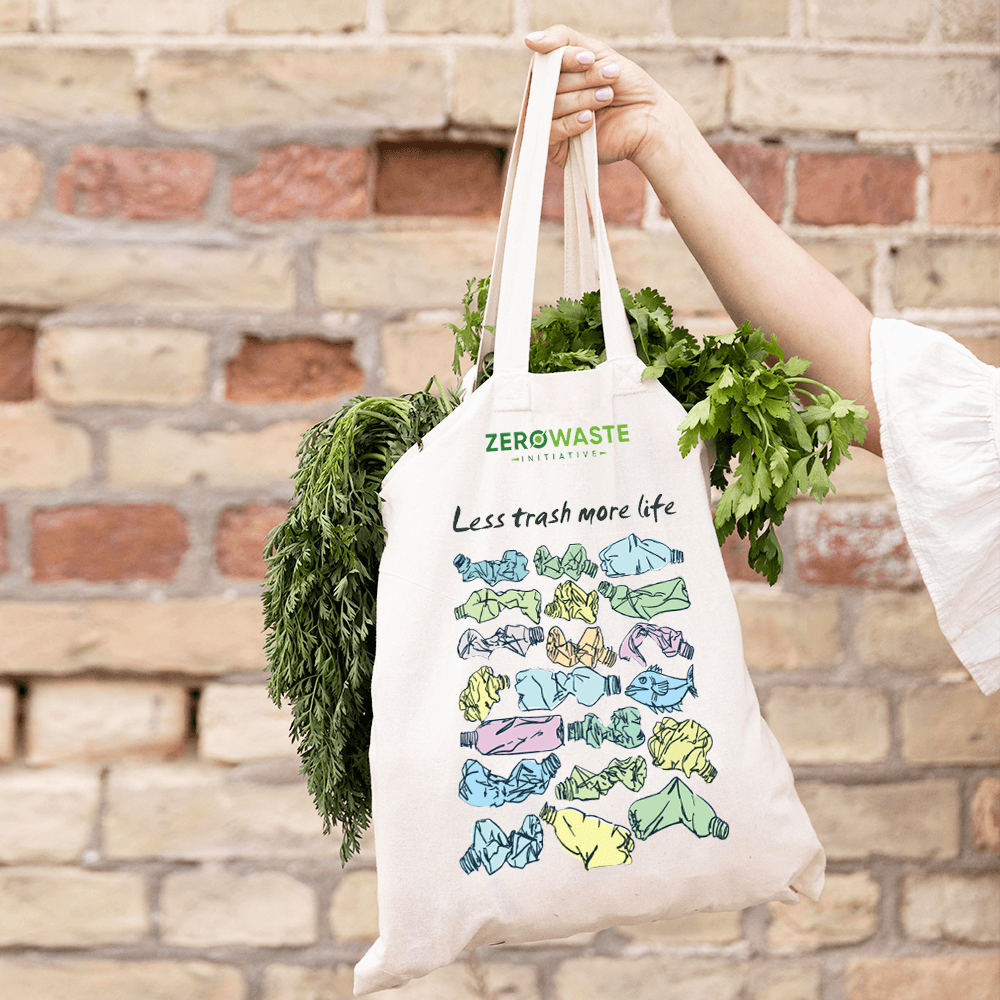
Most of our food can also be stored in the freezer with glass jars or silicone bags. Freezing in glass jars or silicone bags is perfectly safe, generates no plastic waste and they fill the space well. However, there are things worth considering before we put the food in the freezer:
What foods freeze well?
Usually, there are many kinds of foods that can be put in the freezer but it doesn’t mean anything freezes perfectly. For example, fruits and vegetables that are high in water content like cucumbers, tomatoes, or watermelon should be avoided as they will not thaw well on their own. Meanwhile, some of the best options to throw in the freezer are soups, lasagna, pot pies, meatloaf, or chili, and meat dishes like brisket or baked chicken.
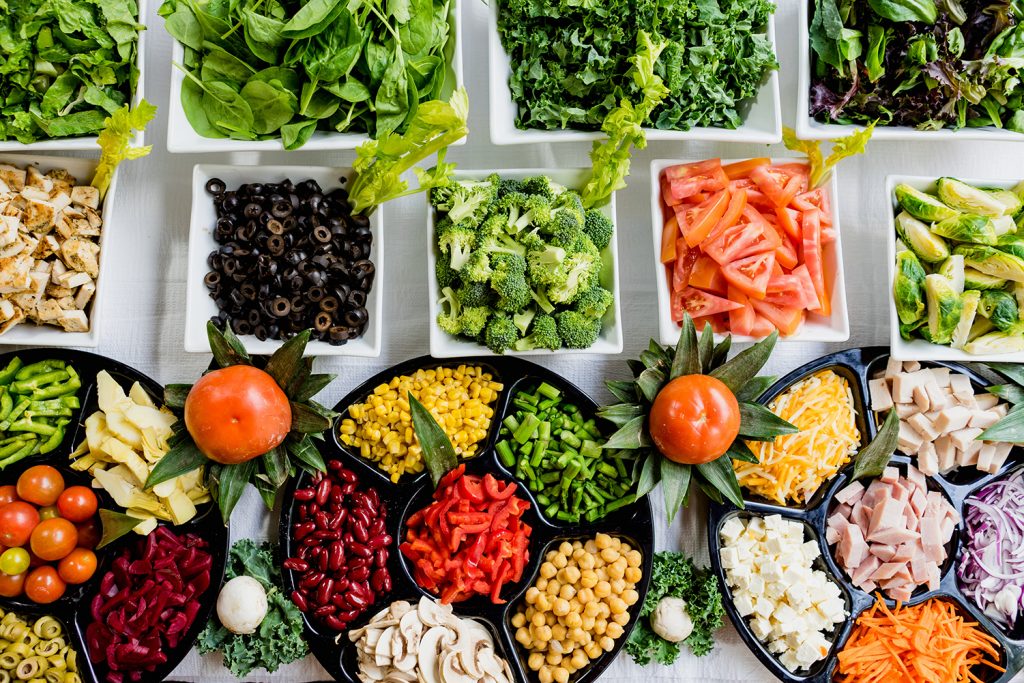
How do you freeze and reheat foods?
Hm, what could be harder than putting food in a freezer? Well, it sounds simple but don’t forget to cool down cooked foods before packing and throwing it in the freezer.
It is also recommended to divide your foods into individual servings for easy reheating and silicone bags are great for this purpose. Just imagine you have to cut a serving of an already-frozen lasagna. Trust us, we already learned it the hard way. 🙂
As for reheating, that really depends on what kind of dish you are having. If it’s a baked dish, you can most likely throw it directly back in the oven. Others you may want to heat in the microwave, or thaw in the fridge overnight before cooking the next day which is ideal for cooked meat. A broth or soup should be thawed and reheated in a pot on the stove. I know what you’re wondering and yes — you can throw a silicone bag into a pot of boiling water straight from the freezer, which actually helps lock in juices and keeps things super moist.
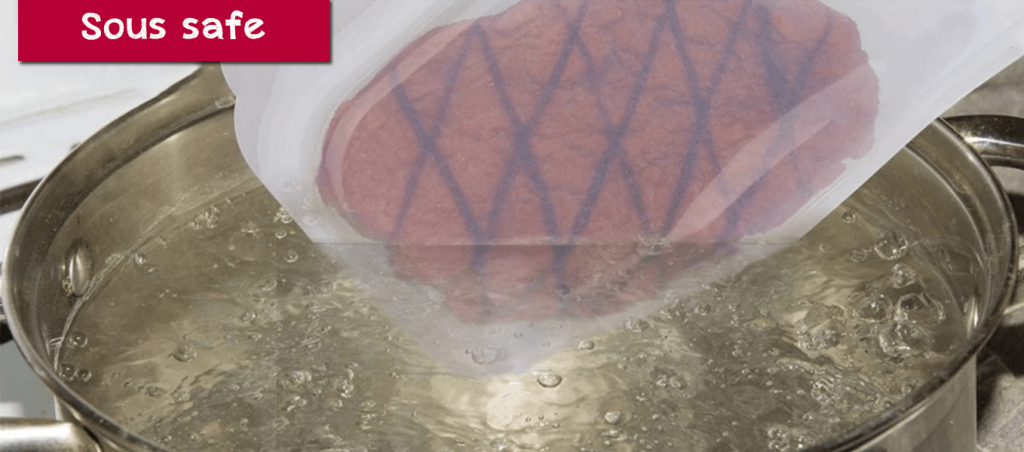
Learn more tips at Zero Waste Initiative!
Happy storaging!
